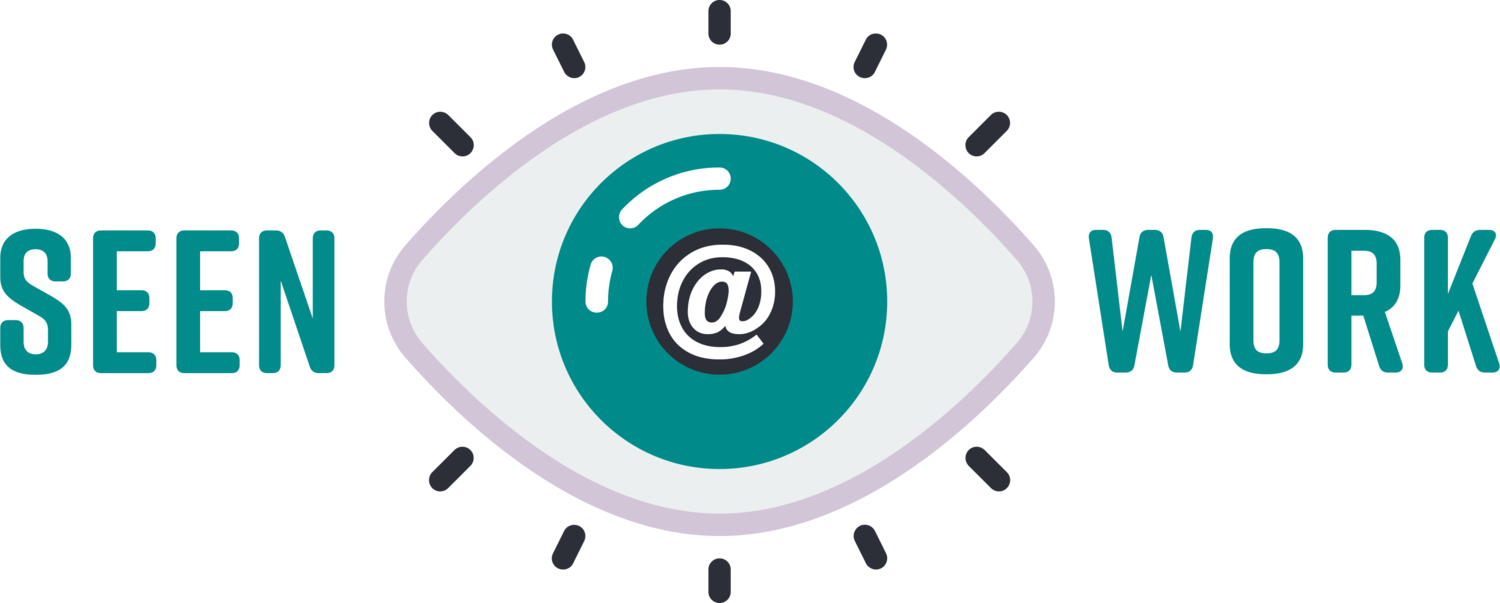The Anatomy of Your Next Conversation About Race at Work
By now we have all seen the company statements. We’ve likely heard the words from our senior leaders. It’s possible we ourselves have even acknowledged the recent and ongoing acts of police brutality against Black lives in a recent email or virtual meeting.
But here’s the thing: words aren’t enough.
It has been heartening to see so many company leaders publicly respond to the large-scale demonstrations and protests. It has been encouraging to hear of team managers who heeded my advice and the advice of so many others as they engaged in important dialogue around the murder of George Floyd.
However, company leaders are in a unique position to do more than just talk.
And so today, as you prepare for your next conversation about race — and yes there should be more than one— perhaps it may help to consider how this next conversation can involve more than just your lips.
After all, if you committed to anti-racism in your most recent statement, email, or company meeting, it’s important to note that anti-racism is an ongoing practice:
“Anti-racism is an active and conscious effort to work against [the] multi-dimensional aspects of racism.”
To that end, this “active and conscious effort” requires your full commitment, your full self.
The following is a non-exhaustive list of suggestions, inspired by the anatomy of the body, for how you can bring all of yourself to your next conversation about race at work.
Your Ears
Listen more than you talk. Especially if you’re not Black or if you’re not a person of color, this is an opportunity for you to slow down, acknowledge the perspectives of those in the room and pause to make sure you’re being thoughtful when you speak.
Your Brain
Shift your mindset. Many people enter conversations about race with trepidation. Attempt to shift that perspective by instead committing to entering your next discussion with a desire to develop personally and professionally, with an eye toward supporting those most impacted and making a positive change. This means:
Engaging with curiosity. Studies of racism and racial identity development are vast and multi-faceted. During your conversation, as scholars, activists, books, articles, and other resources are mentioned, write them down and begin constructing a syllabus for your independent study.
Being open to changing your opinion. Many of these conversations about race and racism have challenged what some of us thought we knew and understood about our society. In fact, internal resistance and discomfort is a very common experience for white people, or people who have otherwise had very little experience grappling with the implications of racism. Come to this conversation open to receiving new information and ready to possibly change your opinion as a result.
Your Hands
Keep your hands free of distraction. Holly Weeks, author of Failure to Communicate, a book about having difficult conversations at work shares that it’s important that “your actions reinforce your words,” meaning during a conversation about such important topics, it’s important to show your peers respect by not allowing yourself to become distracted by your phone or an in-coming email. Here’s an easy best practice: keep your phone out of your hands and out of sight.
Build Community -
Retain and Engage Your Employees
Check out Seen@Work’s signature Circle Program.
Schedule a Consultation today.
Your Heart
Support those most impacted. During the conversation, open your heart and consider how you can support your Black coworkers and Black communities outside of your workplace.
But remember: This is an extraordinarily heavy time for Black people in America.
In fact, many are feeling overwhelmed not just by the ongoing occurrences of police brutality and the painful reminders of systemic racism, but also by the increasing number of well-meaning check-ins and questions they’ve received from their non-Black peers.
During your conversation, as you seek to open your heart to caring for your Black coworker, neighbor, friend, or family member, instead of checking in, try thinking of ways to give of your time, your money, and your platform to elevate and support them and other Black people.
Your Feet
Leave with action items. Make sure this conversation ends with an understanding of what comes next. Your action items may look different depending on the energy level of the team, but here are a few powerful examples of what your action items can look like:
Read [chosen book or text] and reconvene on [date] to discuss.
Invest [sum of money] into diversity and inclusion efforts and meet on [date] to share and/or determine a specific 1–3yr strategy for the use of said investment.
Add your brainstormed list of Black businesses to partner with for our next event or product launch to [spreadsheet or shared platform] and meet on [date] to formulate the outreach and workflow plan that will sustain this effort.
Be prepared to have another conversation about race on [date].
Yes, the next conversation you have about race should be more than a conversation. It should end with how you and your team plan to move your feet and do something beyond this moment.
Have you committed to anti-racism yet?
If so, keep in mind that your next conversation about race at work, must include your full commitment, your full self because if we truly want our society and, by extension our workplaces, to finally value Black lives, lip-service is not an option.
Need to Train Your Employee Resource Group Leaders? Consider Bringing Seen@Work to Your Org.
Click the Image and Schedule a Consultation today.


